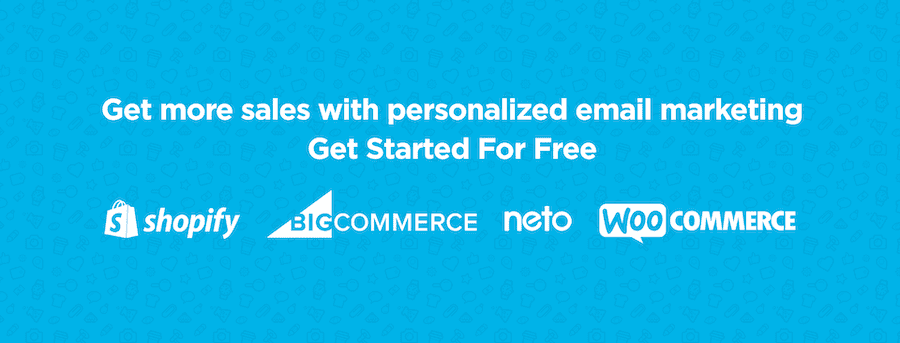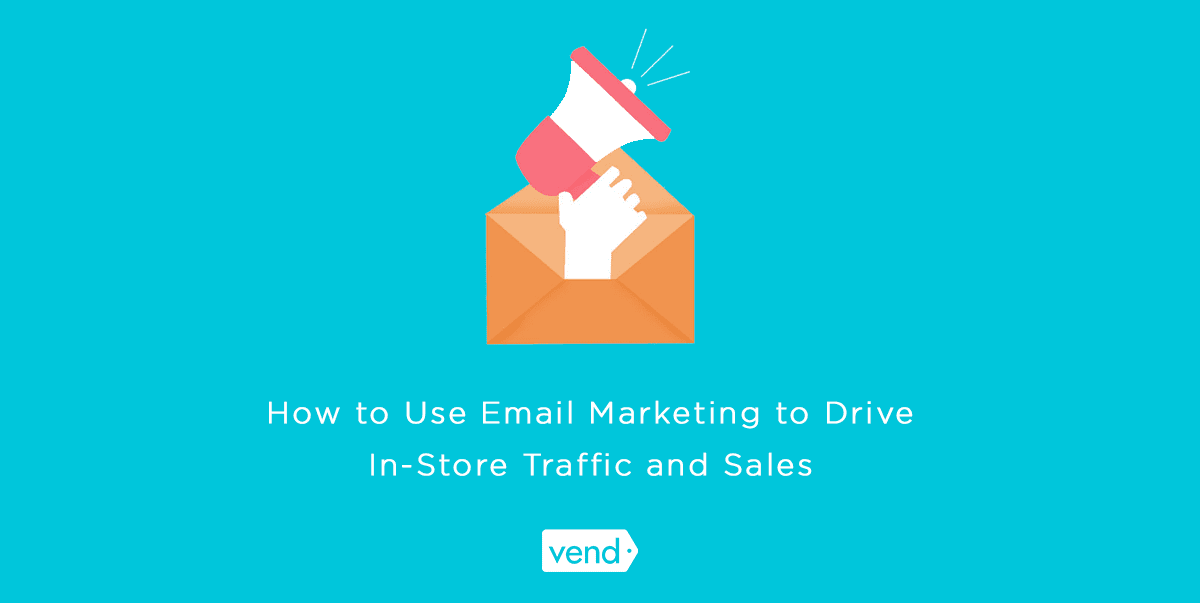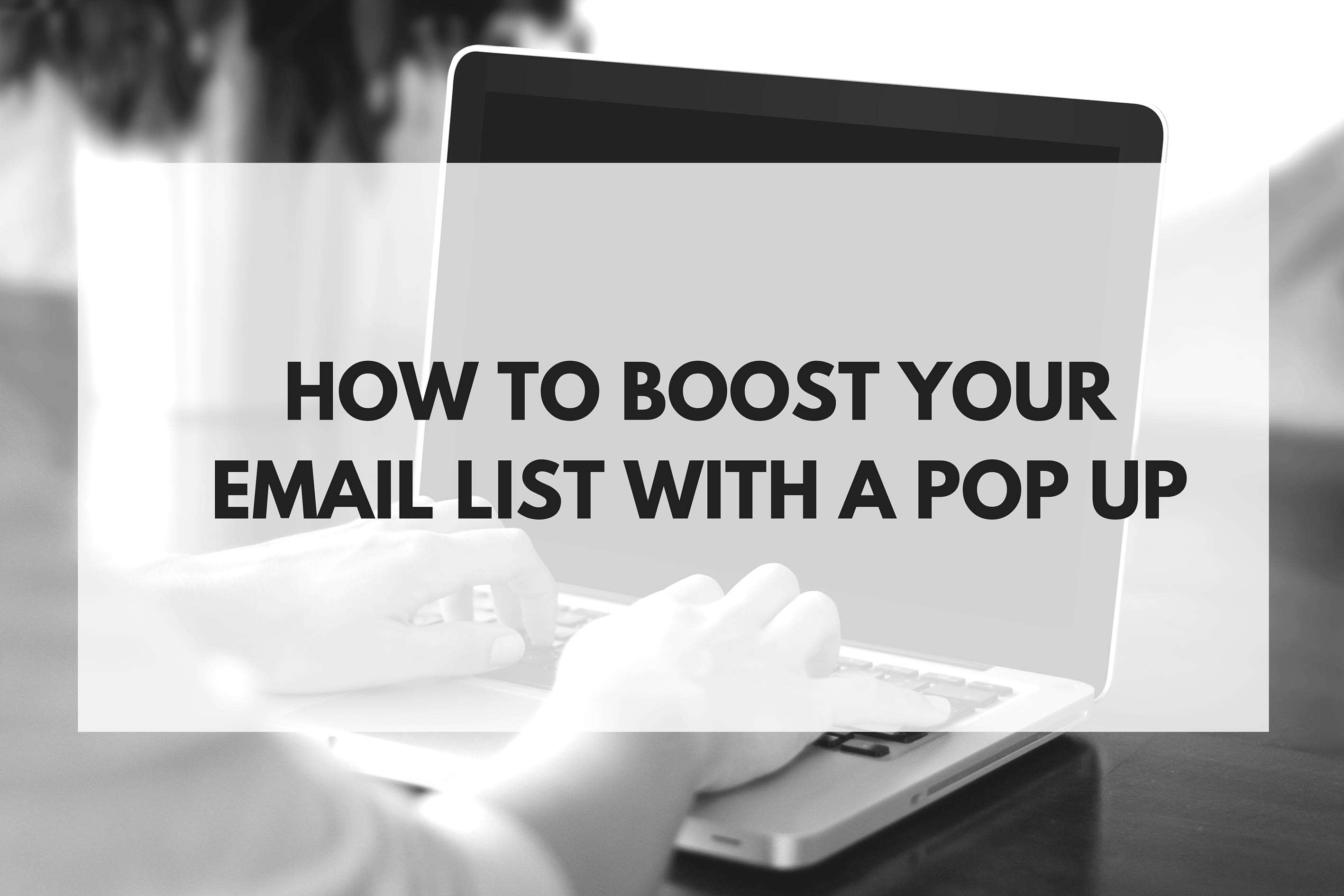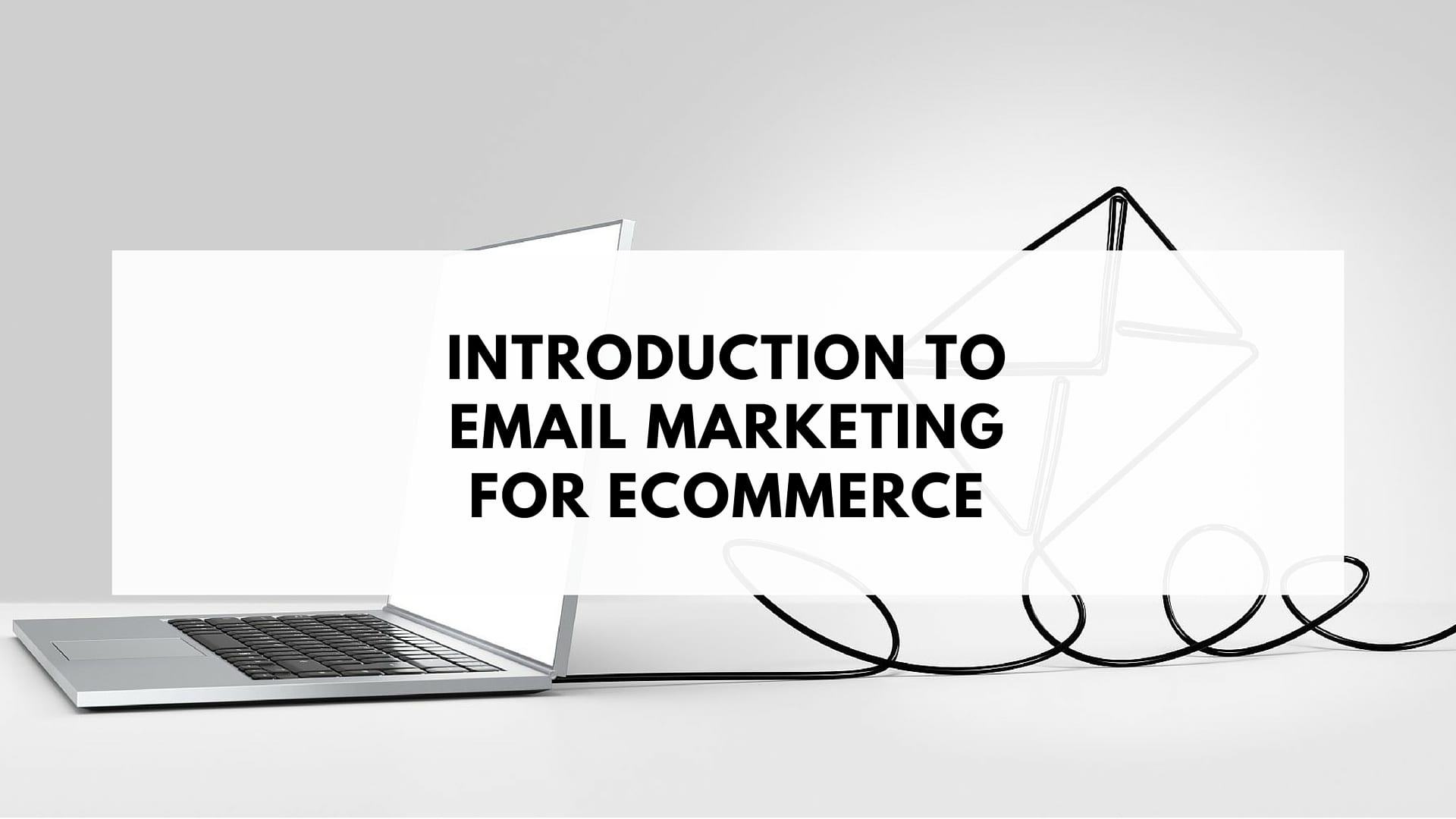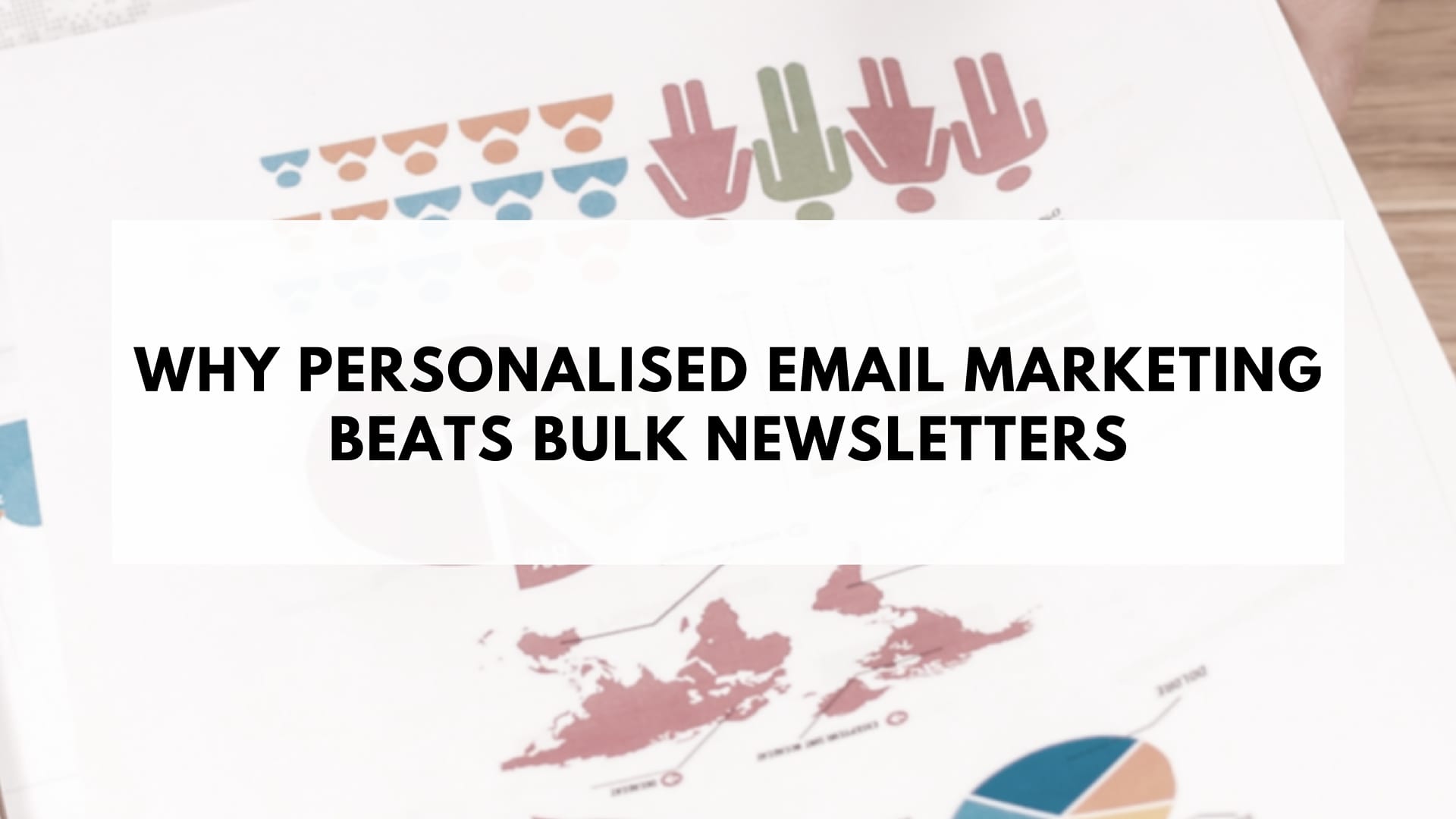Smart retailers know that running a thriving brick-and-mortar store requires both physical and digital components. You may be operating in the “real world,” but your customers spend a considerable amount of time on digital platforms (i.e. online, mobile, social).
To keep up with consumers, you need to bridge the gap between digital and physical channels.
One of the most effective ways to do this is through email marketing. With the right strategy, you can use email to not only communicate with your customers, but to actually drive in-store traffic and increase your bottom line.
Read on for tips and examples to help you do just that.
Start by collecting email addresses in-store
You can’t have an email marketing strategy without a subscriber list. That’s why if you haven’t done so yet, you need to establish a process for collecting email addresses in your store. Here’s how:
Digitize your email collection process
If you’re planning to collect email addresses in-store, do yourself (and your customers) a favor and ditch the pen-and-paper method.
Having people fill out forms by hand is not only cumbersome for the shopper, it’s also very inefficient for your business. Paper forms require you to re-enter people’s information into your system, which means you have to do more work and you’ll be opening up opportunities for human error.
For best results, use your point of sale (POS) system to collect email addresses at checkout. Doing so makes it easier to track customer purchases, so you can send them tailored offers or content later on.
If your POS solution doesn’t give you the ability to collect email addresses, the next best thing would be to use email marketing apps such as Enlist by Campaign Monitor or SignUpAnywhere.
Once you have your system set up, instruct your associates to mention your email list as they’re ringing up sales. From there, they can either ask customers for their information and enter it into the system or give the shopper a mobile device such as an iPad so they can fill in their details.
One retailer that does this well is by Walski, an urban surf and extreme sports concept store in London. by Walski uses an iPad POS system, which also has an email capture feature. When it’s time to get people on their list, the cashier would simply hand the iPad to the customer at checkout, and the shopper would type in their details and be good to go.
Need a subscriber boost? Offer incentives
Some people may need a bit of an incentive to join your mailing list. If you want to give shoppers an extra reason to subscribe, try the following tactics:
Let them join your loyalty program – Many retailers automatically enter customers into their loyalty or rewards program so they can access exclusive content and deals.
Here’s a good example of this tactic in action. Gymboree, a retailer that sells children’s apparel, has a loyalty program that offers rewards and exclusive perks to members. When a customer signs up, Gymboree sends a detailed welcome email that lists all the perks that members are entitled to.
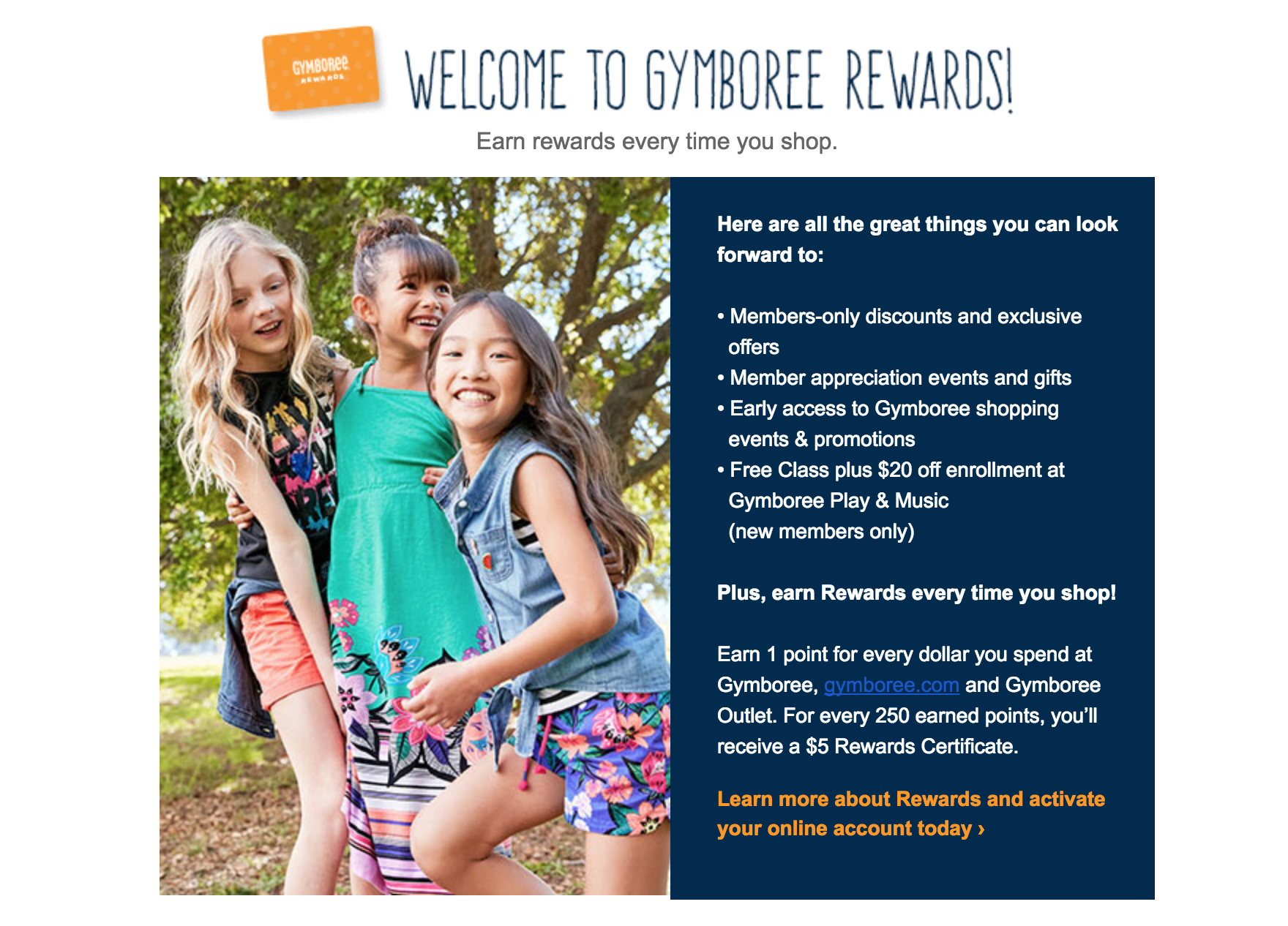
Welcome discounts – Want to sweeten the pot even more? Consider throwing a welcome discount as a thank you for joining your list. Aside from getting people to subscribe, this move also encourages repeat spending. Afterall, people would want to redeem that reward you offered.
Let’s go back to Gymboree. On top of the rewards program membership, Gymboree also throws in a 20% off coupon as a welcome gift to new members.

Giveaway – If you’re feeling really generous, consider running a giveaway to further incentivize people to join your list.
Take for example, Islands Restaurants. Aside from offering exclusive rewards and discounts, the company also ran a sweepstakes that gave people a chance to win a trip to Hawaii when they joined Islands’ mailing list.
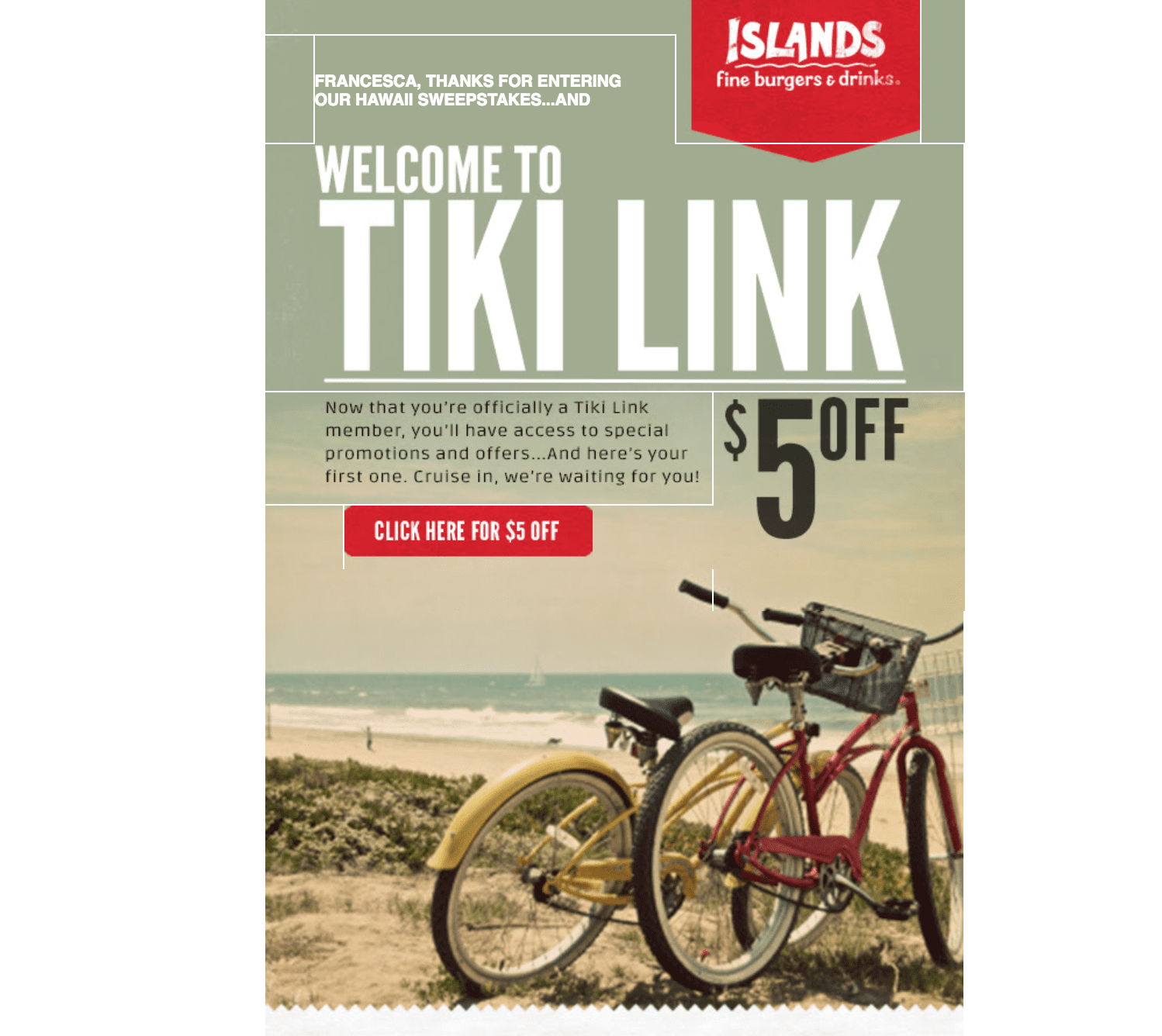
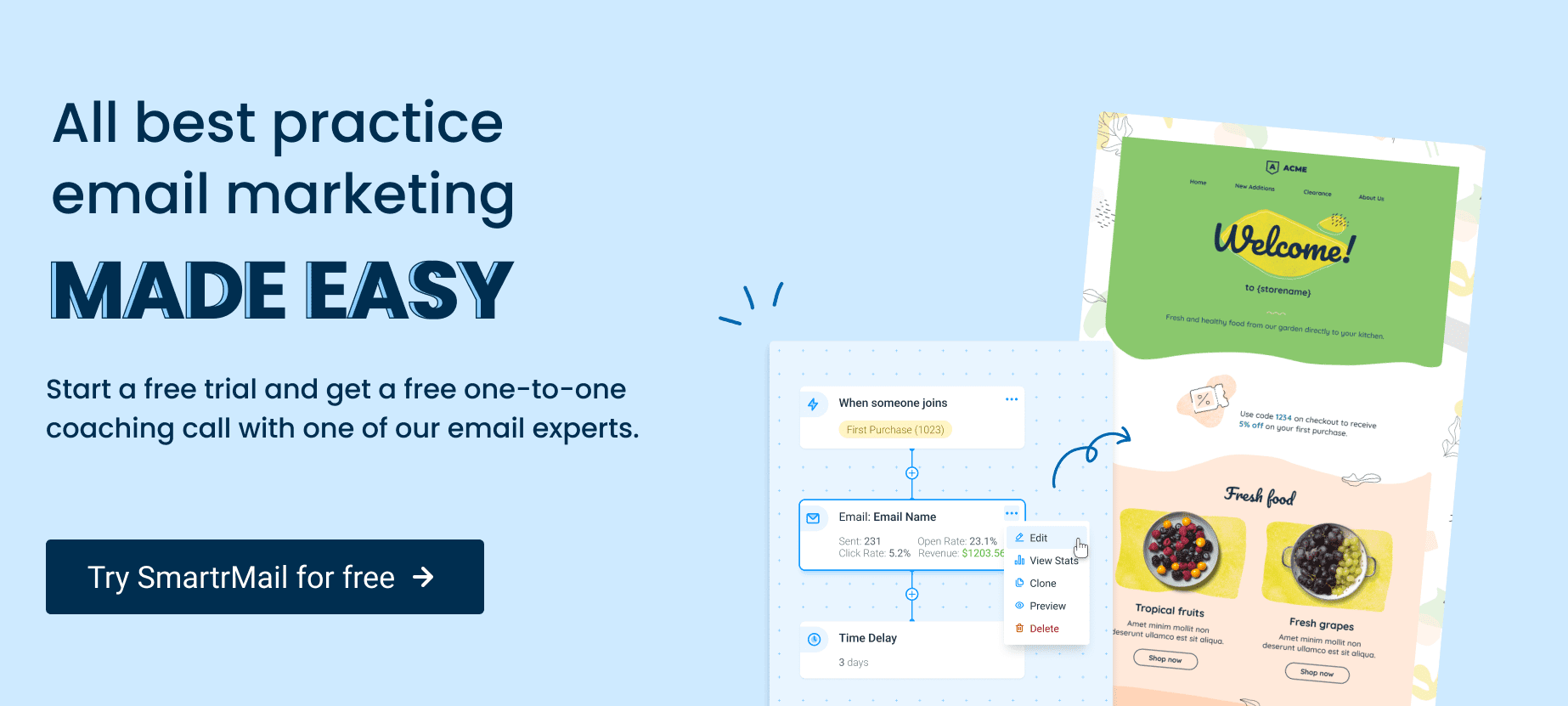
Use email to drive in-store traffic
We talked about getting people on your list, now let’s discuss what to do with all those email addresses you collected. Here are some of the ways that you can use email marketing to increase store visits and sales.
Capitalize on holidays and notable events
There’s nothing like a special occasion or event to drive people into stores and spend money. Mark your calendar for notable dates and then build email campaigns and promotions around them.
I’m not just talking about big holidays such Labor Day or Independence Day. Try to find more unofficial or niche “holidays” (e.g. National Donut Day) that you can capitalize on. Almost all businesses run promotions on federal or national holidays, but not everyone pays attention to the small, unofficial ones. If you use them to your advantage, you’ll have a better chance of standing out.
Check out what Pieology did on Pi Day (i.e. March 14th). To celebrate, the pizza joint sent their newsletter subscribers an exclusive offer in which members can get a custom pizza for just $3.14.
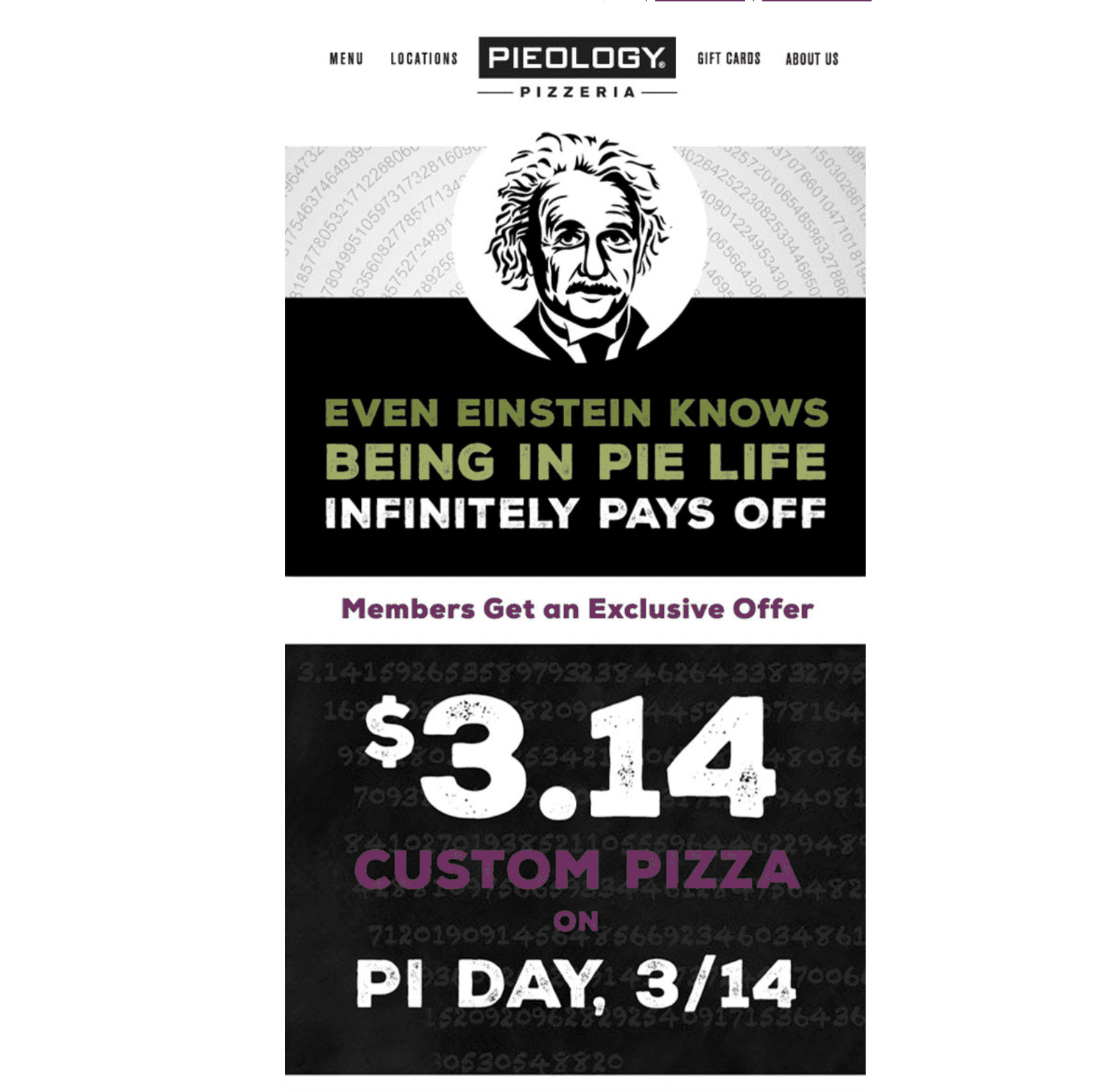
Sign-up to our newsletter and receive a 30% discount on your first 6 months with SmartrMail
Offer exclusive promotions to brick-and-mortar shoppers
One very straightforward tactic for getting people into your location is to offer discounts that can only be redeemed in-store.
There are several reasons to do this. If you have an inventory surplus in a particular location, for example, you can run a promotion specifically for that store to sell your excess stock. Or, if you’re looking to meet your sales target for a specific branch, you can run a store-exclusive promotion just in that location.
Charlotte Russe is an example of a retailer that uses email to get people into their stores. While the apparel retailer does have an ecommerce site, they occasionally send out coupons that can only be redeemed at a physical location.
Charlotte Russe makes it really easy for shoppers to redeem their offers. Coupons can be printed out, or customers can simply show the cashier the email on their phone.
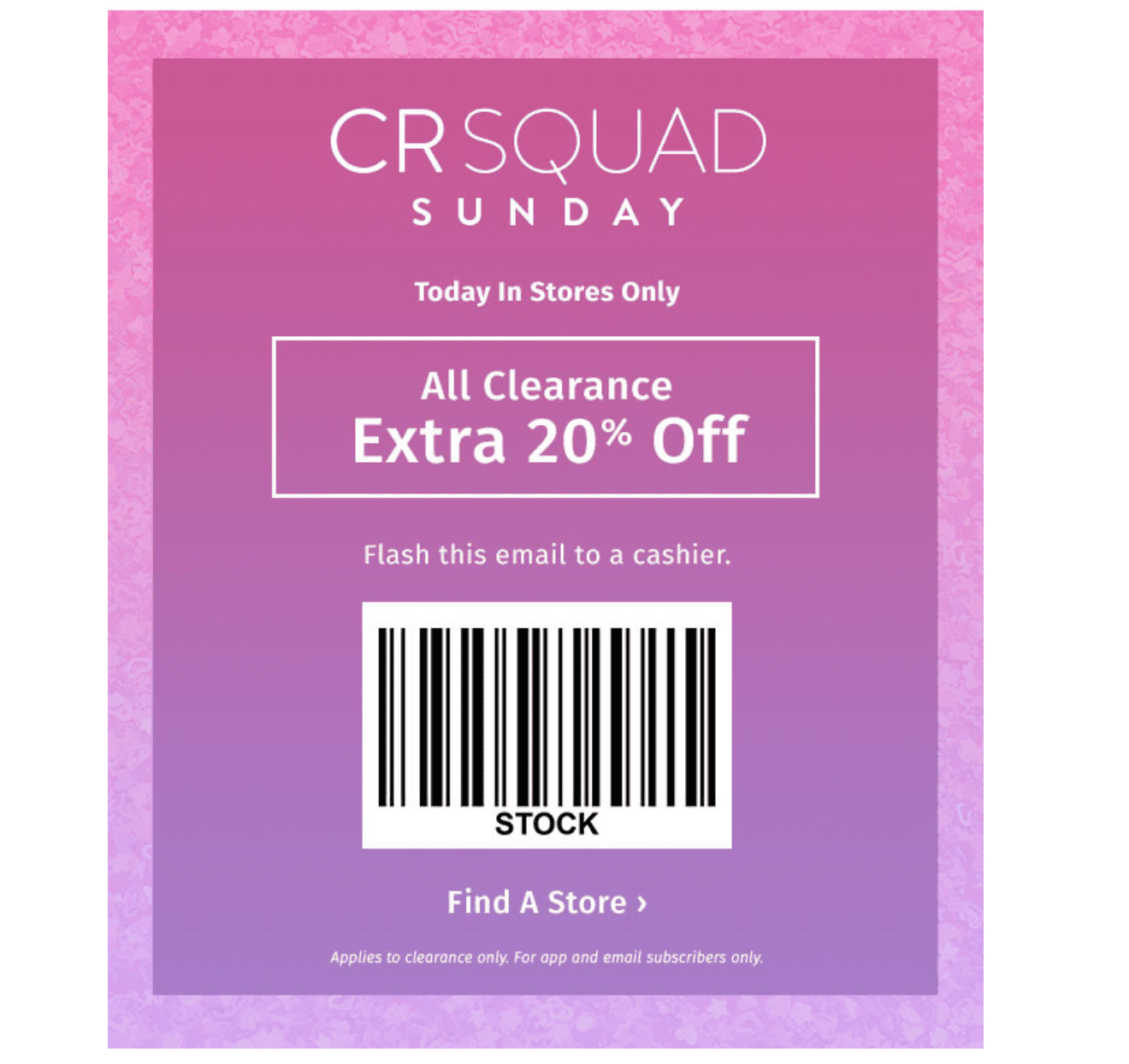
Hold in-store events
The key to getting people off the couch and into your store is to offer something they can’t find online. This is one of the reasons why in-store events are so popular; they have a social component that can’t be replicated online. Events bring about a sense of community and enable attendees to connect with like-minded individuals.
If it makes sense for your business, consider holding an in-store event. If you sell clothing, perhaps you can host a fashion show. Do you sell cookware or kitchen items? Why not run cooking classes? Find a theme or activity that resonates with your audience and then create an event out of it.
Then once it’s time to get the word out, use email to promote the event.
Here’s an example. When New York and Company hosted an Eva Mendes styling event at exclusive locations, the fashion retailer went all out. They offered styling services, raffles, refreshments, and more.
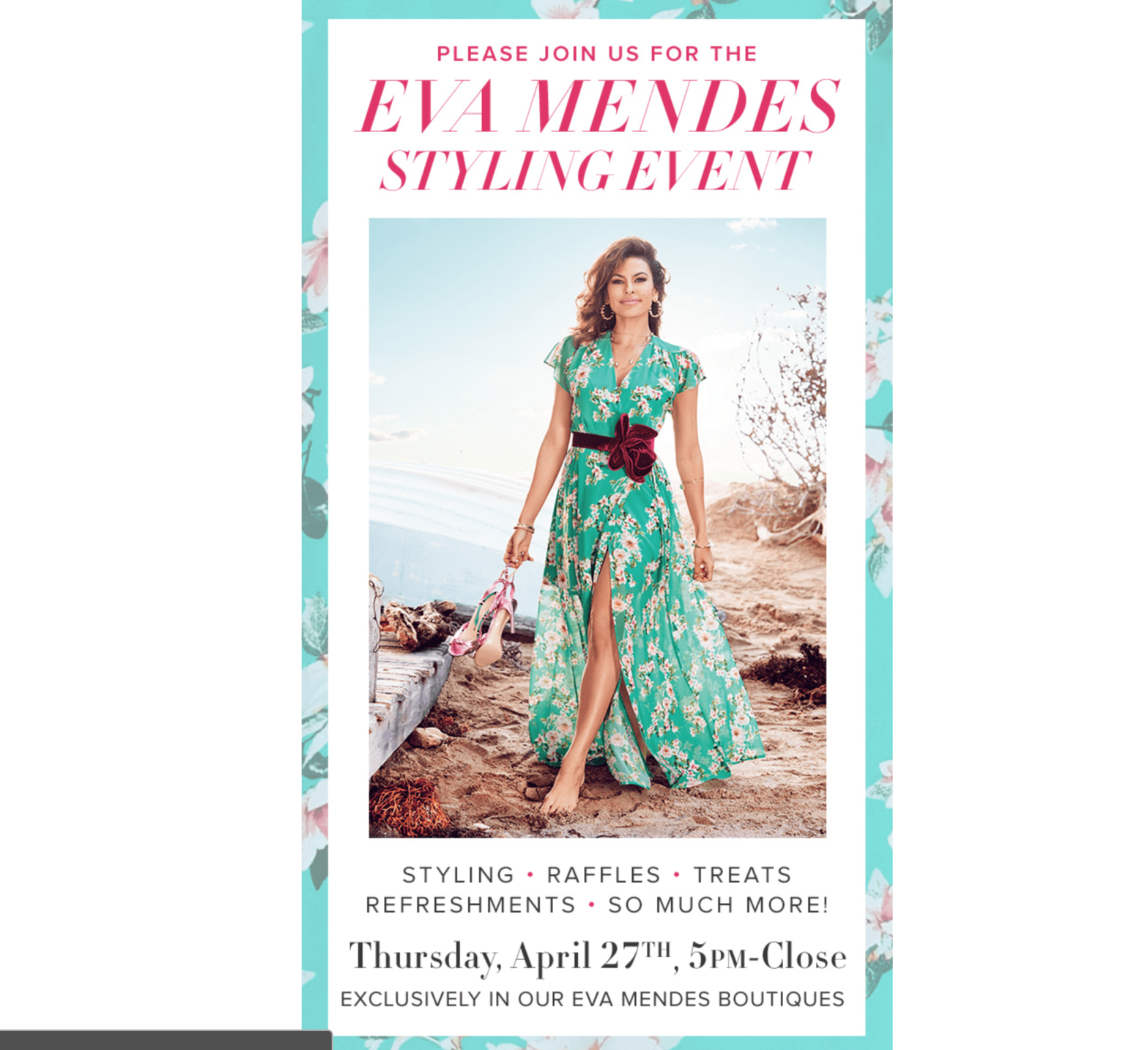
Not only that, but New York & Company even gave people an exclusive discount that can be redeemed at the event.
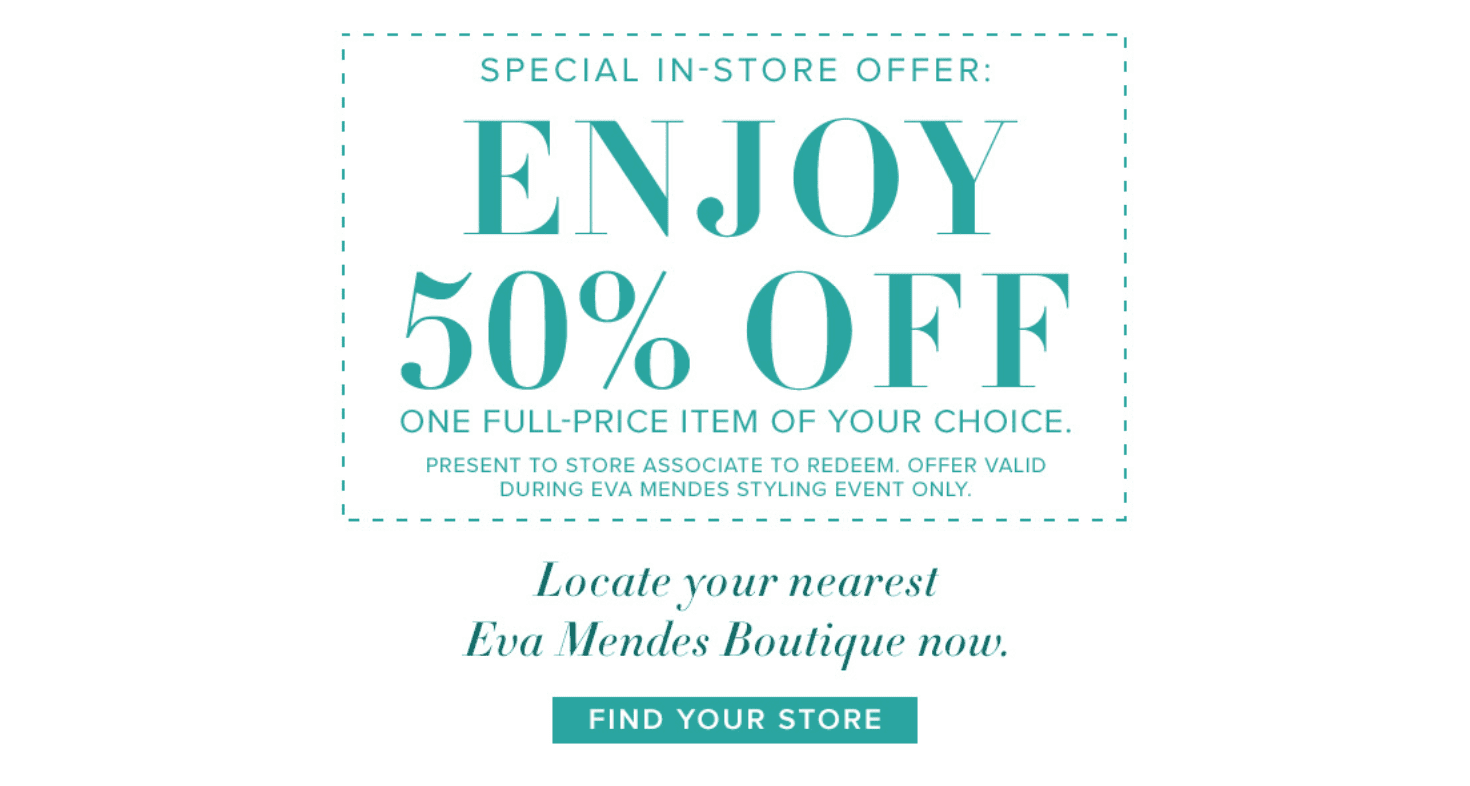
Your turn
As you can see, there are plenty of ways to use email to drive traffic and sales for your brick-and-mortar stores. I’m hoping the tips and examples in this post gave you some ideas of what you can do in your business.
Now I’d like to hear from you. Are you using email to market your brick and mortar business? What st

Francesca Nicasio is a retail expert from Vend, a point-of-sale, inventory, and ecommerce software that helps over 20,000 retailers manage and grow their businesses across multiple channels. She’s also the author of “Retail Survival of the Fittest: 7 Ways to Future-Proof Your Retail Store,” a practical guide to modern-day retail success.
